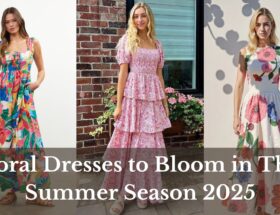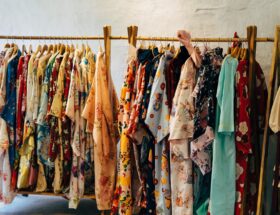Fashion design involves the artistic process of creating sketches and illustrations of clothing and accessories that are not only visually appealing but also practical and comfortable to wear.
It demands a thorough grasp of aesthetics, patterns, shapes, color coordination, materials, various fashion subcultures, global trends, seasonal variations, consumer preferences, and even the intricacies of cutting and sewing techniques.
Compared to artistic design that focuses on creating visually pleasing pieces, the craft of Fashion Design places a strong emphasis on the functionality and comfort of both clothing and accessories.
History of Fashion Design
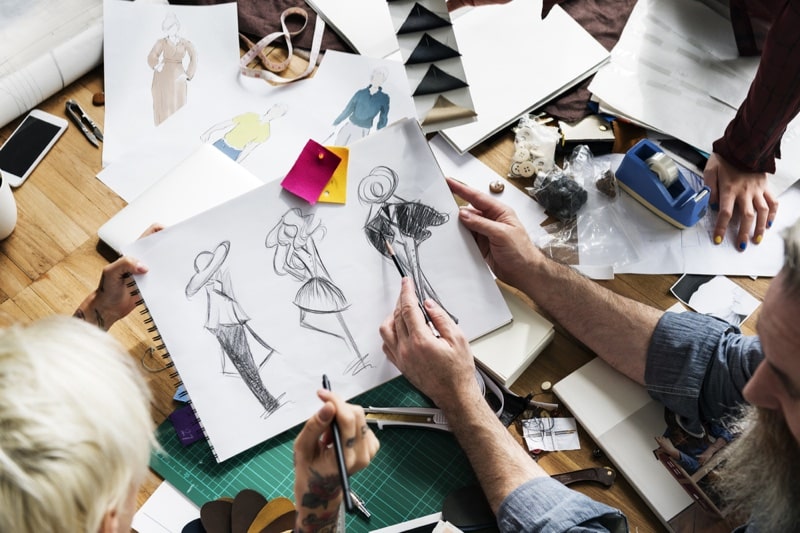
Photo: Shutterstock.com
The concept of designing fashion as we know it today is relatively modern. Before 1850, the creation of garments was referred to as ‘costume design.’
In 1858, Charles Frederick Worth, an English fashion designer often hailed as the father of haute couture, introduced innovative practices such as sewing the artisan’s name into the creations.
Worth’s designs stood out compared to anonymous seamstresses’ work.
His fashion pieces mirrored high fashion worn at royal courts and gained significant popularity among the general public.
This marked the shift towards personalized fashion design, incorporating aesthetics from various subcultures and stylistic influences from past eras.
By the 19th century, fashion houses began hiring artists to sketch garment and accessory designs.
These sketches were shown to clients for approval before moving on to manufacturing, saving both time and money.
Modern Fashion Design

Photo: Kumpan
Today’s fashion designs begin as sketches on paper or digitally, followed by draping fabric onto a mannequin for those with cutting and sewing skills.
The design process varies for each designer but generally involves several steps.
Once satisfied with the fit of the toile (a prototype garment), a professional pattern maker creates a working pattern.
The final stage involves testing live samples on fashion models to ensure the pieces are functional, comfortable, and wearable.
Types of Fashion Design
Fashion design entails blending shapes, patterns, aesthetics, motifs, and colors from various subcultures into a cohesive final product – be it a garment or an outfit.
Designers also select materials and determine cutting and sewing techniques to meet buyer requirements.
This field can be categorized into five main types:
1. Haute Couture Design: Crafted Elegance
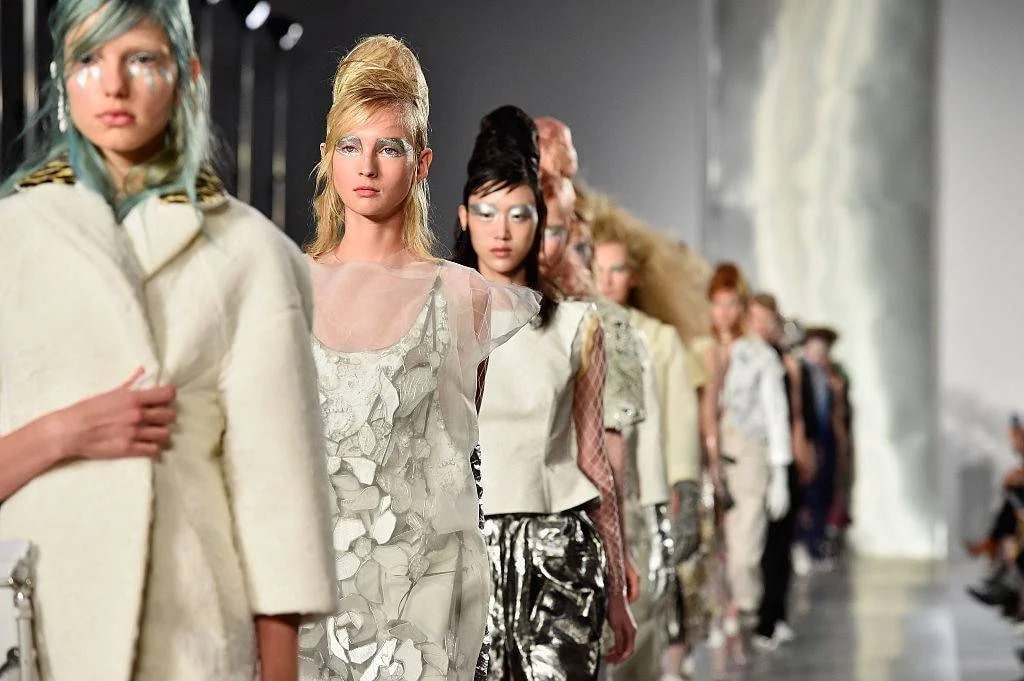
Image : farfetch
Haute couture fashion design, synonymous with customized fashion, is a meticulous art form.
Garments are handcrafted to fit individuals flawlessly.
Skilled artisans work with high-quality fabrics, prioritizing fit and detail above cost or production speed.
2. Co-Creative Fashion Design: Unveiling Individuality
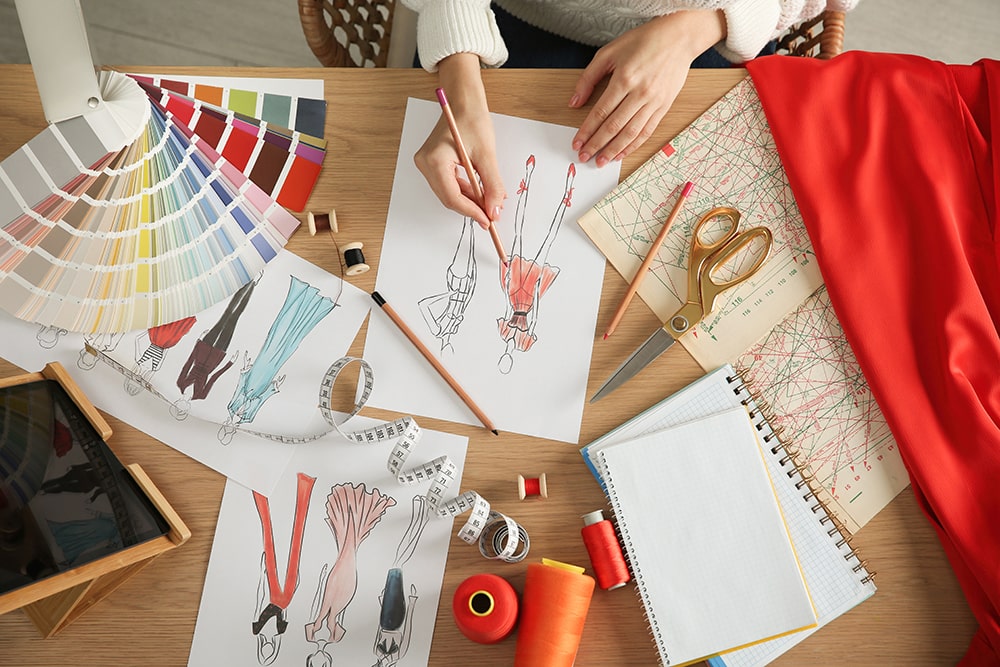
Photo: Shutterstock.com
Co-creative fashion design invites consumers into the design process.
Garments are intentionally left incomplete, allowing consumers to co-design by adding their personal touch.
This approach deepens the bond between consumers and their creations.
3. Ready-to-Wear Fashion Design (Prêt-à-Porter)

Image Credit : Clarke Sanders
Ready-to-wear fashion design bridges haute couture and mass-market clothing.
It caters to specific fashion styles rather than individual customers.
Aesthetics, motifs, patterns, materials, cuts, and colors define ready-to-wear design.
These garments carry a sense of exclusivity akin to haute couture, priced between mass-market and bespoke.
4. Fashion Design for Mass Market: The Trend Replicators
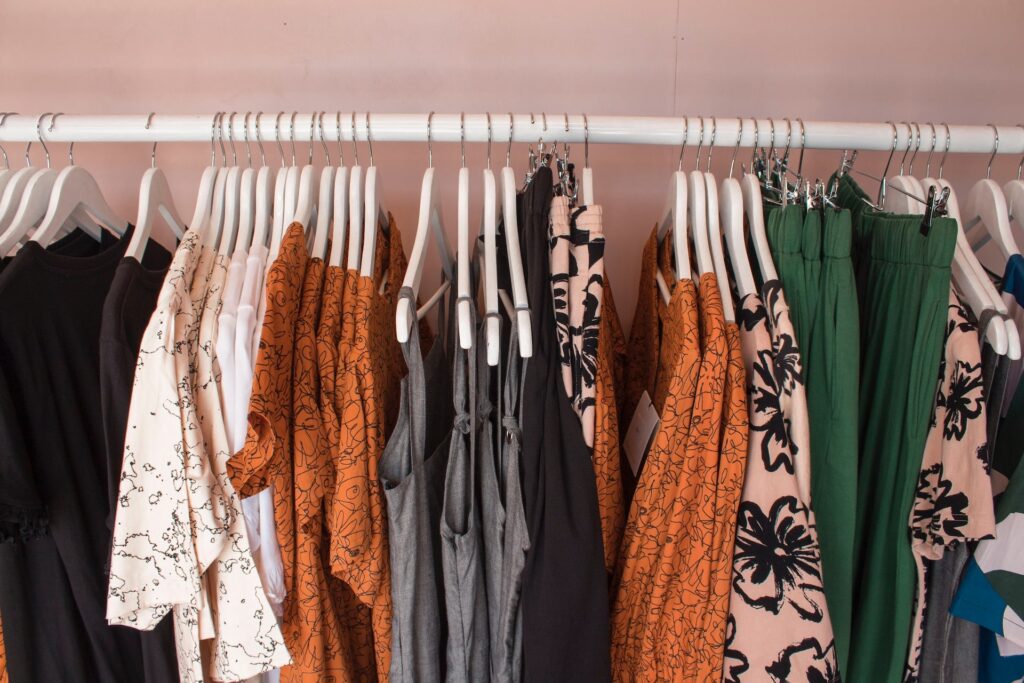
Image Credit : S O C I A L . C U T
Mass market fashion design fuels over 94% of global fashion sales. It involves copying designer trends that resonate with the public.
Manufactured by machines on assembly lines, mass-market clothes use inexpensive materials for short-term wear, promoting frequent trend turnover.
5. Sustainable Fashion Design: Style with Conscience
Sustainable fashion design emphasizes eco-friendly materials and recycling to create garments and accessories.
Designers focus on material selection, durability, and post-consumption reuse to minimize waste.
Sustainability indices guide material choices based on environmental impact across the product lifecycle.
Brands like NIKE, Timberland, and the Sustainable Apparel Coalition endorse such indices, fostering environmentally conscious design.




